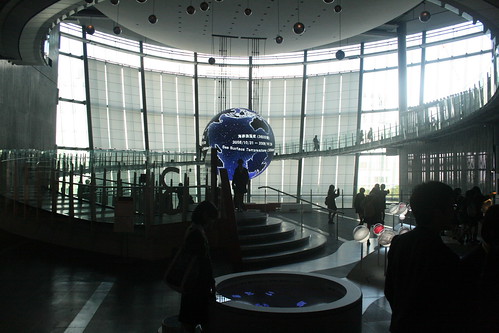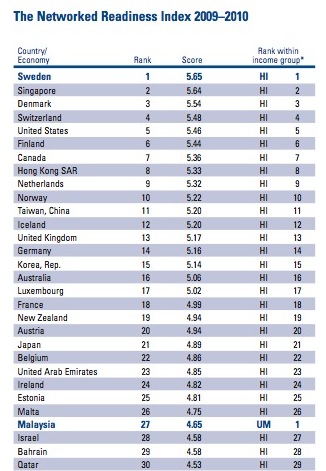 OK, hiring is a loooong topic and I couldn’t do it justice in single post. But I thought it might be useful to do a headline view of the key components and then come back and do the individual topics over time if people seem interested. I’ve been recruiting for 20 years so I’ve learned a few things along the way. I think this can also be a great resource for others to chip in with other suggestions since I clearly don’t corner the market on recruiting advice.
OK, hiring is a loooong topic and I couldn’t do it justice in single post. But I thought it might be useful to do a headline view of the key components and then come back and do the individual topics over time if people seem interested. I’ve been recruiting for 20 years so I’ve learned a few things along the way. I think this can also be a great resource for others to chip in with other suggestions since I clearly don’t corner the market on recruiting advice.
BEFORE YOU START
1. Define criteria for judging – I find that many people I know go into interviews without thinking about what is important to them first. In fact, many people just go into interviews and “wing it.” If that’s you then vow never to do it again. You’ll never have a great outcome without some planning. I recommend that you design a standardized form broken down into high level criteria such as, “Intellect, Work Experience, Personality, Attributes Required for this Job, etc.” and then sub categories underneath. Example: Work Experience can be broken down into: has managed a team, has led direct sales efforts, has worked for a startup before, etc. And on this form score everybody 1-10.

 Today the first ever Young Social Entrepreneurs (YSEC) of Canada
conference,
Today the first ever Young Social Entrepreneurs (YSEC) of Canada
conference, 
 Reporting from San Francisco - The 700 people lucky enough to work for online social-games maker Zynga Game Network Inc. feast on exotic gourmet grub prepared by professional chefs. They soothe stress with a visit to the company masseuse or reflexologist. And they take a break to get their hair cut. All for free.
Reporting from San Francisco - The 700 people lucky enough to work for online social-games maker Zynga Game Network Inc. feast on exotic gourmet grub prepared by professional chefs. They soothe stress with a visit to the company masseuse or reflexologist. And they take a break to get their hair cut. All for free.
 Lines at the grocery store might become as obsolete as milkmen, if a new tag that seeks to replace bar codes becomes commonplace.
Lines at the grocery store might become as obsolete as milkmen, if a new tag that seeks to replace bar codes becomes commonplace. Yesterday, the National Economic Council in the White House put out an announcement
Yesterday, the National Economic Council in the White House put out an announcement 





 I have a few different friends who are trying their hands at entrepreneurship; some have met with investors already, while others are closing in on their meeting date with anticipation and uncertainty. Based on hearing some of the things they were doing to prepare for their meeting, I thought it would be wise to roundup some of the best pitch advice I've come across not only for them but for the other first time entrepreneurs out there who may not know what typical VC pitches are like.
I have a few different friends who are trying their hands at entrepreneurship; some have met with investors already, while others are closing in on their meeting date with anticipation and uncertainty. Based on hearing some of the things they were doing to prepare for their meeting, I thought it would be wise to roundup some of the best pitch advice I've come across not only for them but for the other first time entrepreneurs out there who may not know what typical VC pitches are like. The World Economic Forum (the folks behind the yearly Davos meeting)
surveyed 133 nations recently to work out how well each is
The World Economic Forum (the folks behind the yearly Davos meeting)
surveyed 133 nations recently to work out how well each is  "Chairwoman Velazquez, Ranking Member Graves, and all of the members of the Committee, thank you for holding this hearing on business incubators and their role in job creation. I am pleased to discuss how angel investors support innovative start-up companies, some of which work with business incubators and accelerators.
"Chairwoman Velazquez, Ranking Member Graves, and all of the members of the Committee, thank you for holding this hearing on business incubators and their role in job creation. I am pleased to discuss how angel investors support innovative start-up companies, some of which work with business incubators and accelerators. I have spent the majority of my adult life investing my own and other people's money in entrepreneurs. That's why I know the U.S. has a serious problem on its hands.
I have spent the majority of my adult life investing my own and other people's money in entrepreneurs. That's why I know the U.S. has a serious problem on its hands.
 File this under both
File this under both 
